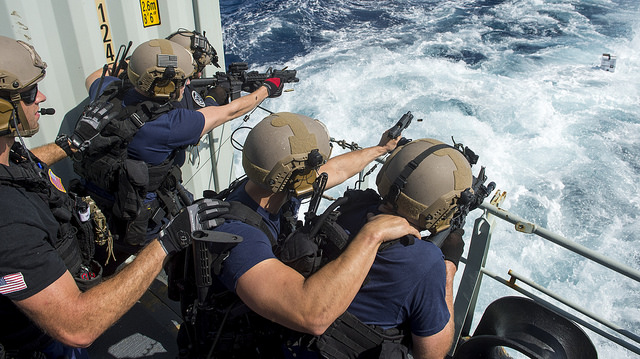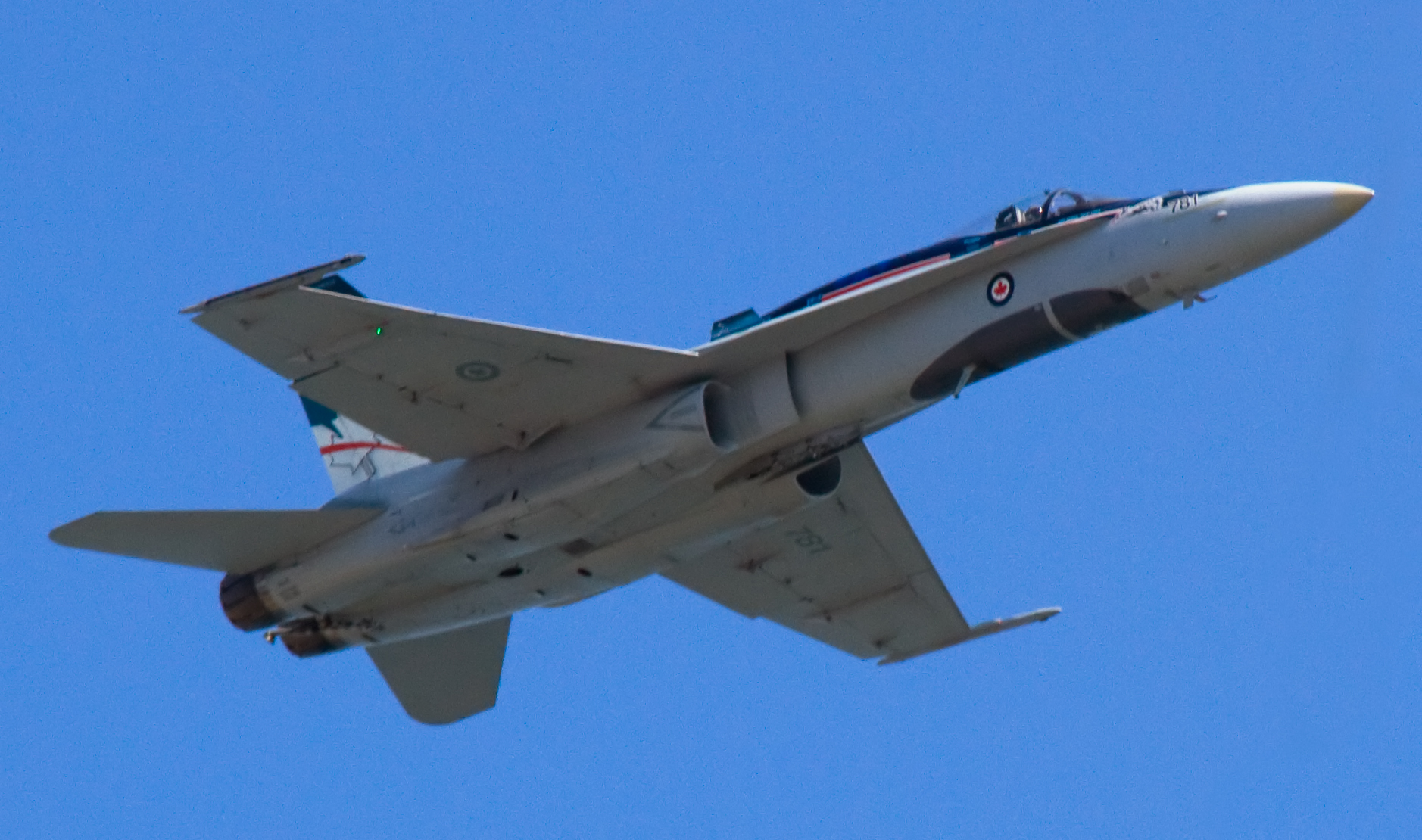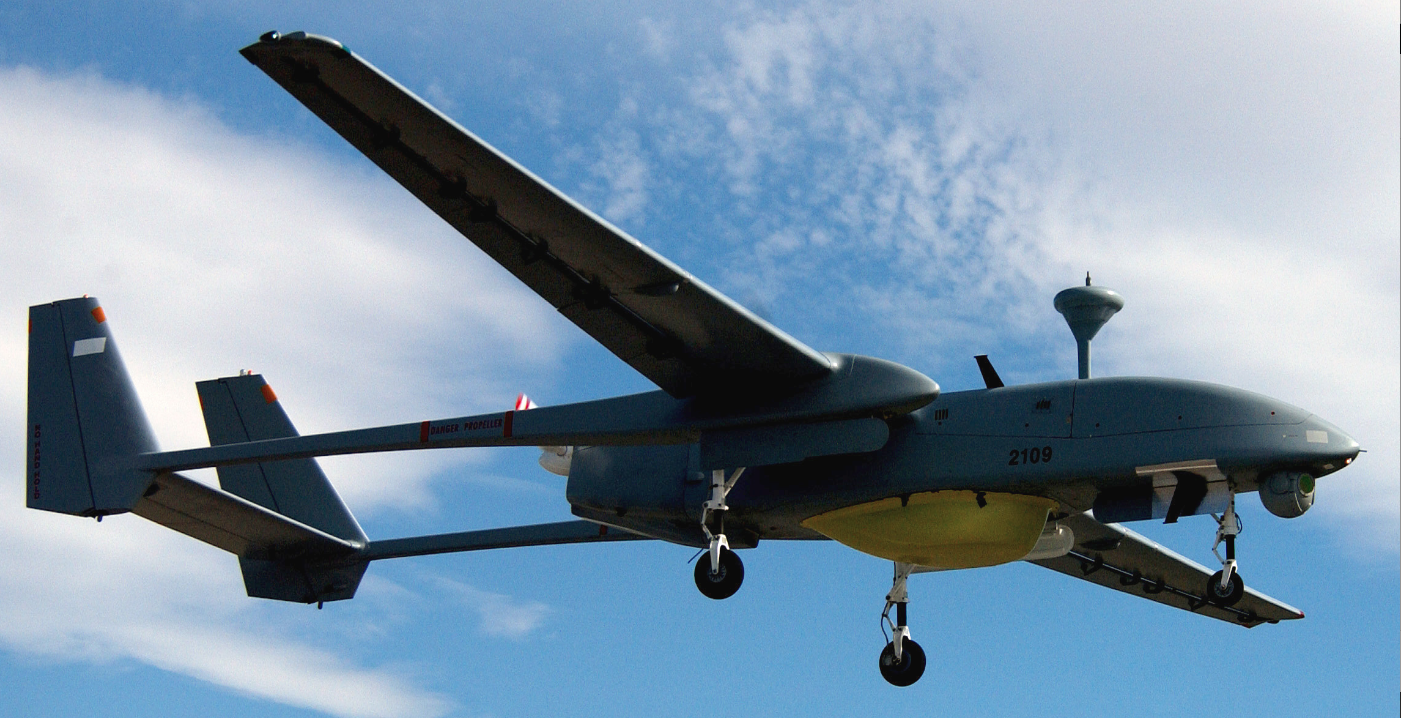Since November 2006, Operation CARIBBE has shown Canada’s commitment to the fight against the trafficking of illicit narcotics. Operation CARIBBE is Canada’s contribution to Operation MARTILLO, a multi-national effort between the United States Coast Guard (USCG), France, the Netherlands, Spain, and the United Kingdom to combat illicit drug trafficking throughout the Caribbean Sea and the Eastern Pacific Ocean. Operation CARIBBE as carried out by the Canadian Armed Forces (CAF) has an important role under Operation MARTILLO. It is a counter-trafficking operation that has proven very successful in the efforts to keep illicit narcotics from reaching North America.
In the ten years since the start of Operation CARIBBE, CAF have assisted in seizing or disrupting the movement of approximately 66 tons of cocaine and just under four tons of marijuana. Lieutenant-Commander Paul Mountford of HMCS Kingston, shares the significance of Canada’s role in Operation MARTILLO by stating, “We provided presence and deterrence in a part of the Caribbean during a time when there were not many Naval or Coast Guard ships available.” He goes on to add, “This meant that we were able to fill a gap and provide a unit that was ready to respond as suspect vessels were detected and determine if they were carrying illicit narcotics.”
One challenge facing CAF personnel in Operation CARIBBE is keeping up with the innovative nature of how organized crime groups transport illicit narcotics. According to the CAF website, vessels used to transport narcotics include “semi-submersibles (pseudo-submarines that motor just beneath the water’s surface), ‘panga’-style fishing boats, and ‘go-fasts’ (boats with multiple high horsepower outboard engines)”. Semi-submersibles, also referred to as narco-submarines, first started appearing in the early 2000s across Columbia. However it wasn’t until late 2006 that the USCG caught its first narco-submarine off the coast of Costa Rica, filled with three tons of cocaine. As Vice reports, unmanned submarines have also been towed behind boats. In the event of getting caught, traffickers detach the GPS-equipped submarine to find at a later time. As reported on their official website, the CAF uses anti-surface and sub-surface capabilities, maritime patrol aircraft using RADAR, as well as the reliability of the human eye to locate vessels of interest.
With the increasing commercialization of drone technology, organized crime groups have grown more innovative in their smuggling practices and attempts to use drones for the transportation of narcotics have become more common. In 2015, Tijuana Municipal Police found six pounds of crystal meth attached to a drone that appeared to have fallen due to the excessive weight of the narcotics.
Despite increasingly innovative tactics used by traffickers, Operation CARIBBE has proven successful in its efforts to curb the import of illicit narcotics throughout North America. On November 5, 2016, HMCS Brandon, with the help of USCG, seized approximately 700 kilograms of cocaine worth an estimated $28 million USD. A suspicious panga-style fishing vessel was detected by a USCG HC-130J aircraft off the Pacific Coast of Central America. HMCS Brandon launched inflatable boats to pursue the panga boats, which eventually got away after discarding their cargo in the ocean. Lieutenant-Commander Jolene Lisi of HMCS Brandon, described the seizure saying, “This latest seizure serves not only as a testament to the dedication and hard work by the crew of HMCS Brandon and the U.S Coast Guard law enforcement detachment, but to their ability to work in concert.” Lisi continues, “Our efforts, both leading into this operation, and on the operation itself, have led to this interdiction, which ultimately means fewer drugs reaching our shores. I am incredibly proud of my team”.
Lisi attributes the success of the operation to the ability of the multiple agencies to work together. “Simply put, we have to be able to work as seamlessly as possible with other agencies to achieve a common goal”, said Lisi. “In exercising this capability, we also learn from each other, and collectively improve our abilities to work together. Those lessons are vital.”
As Operation CARIBBE continues into its tenth year, communication between agencies remains vital to the success of the operation. However, with the possibility of a wall being built between Mexico and the United States, organized crime groups may have to increase smuggling efforts via the ocean, placing even more significance on Operations CARIBBE and MARTILLO.
Photo: Crew members of HMCS Moncton and United States Coast Guards practice shooting during Operation CARIBBE (2016) by Canadian Forces Combat Camera via Flickr. Photo courtesy of the Canadian Forces.
Disclaimer: Any views or opinions expressed in articles are solely those of the authors and do not necessarily represent the views of the NATO Association of Canada




